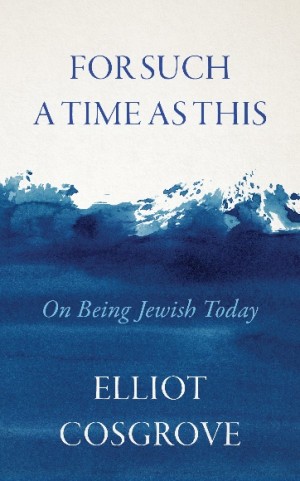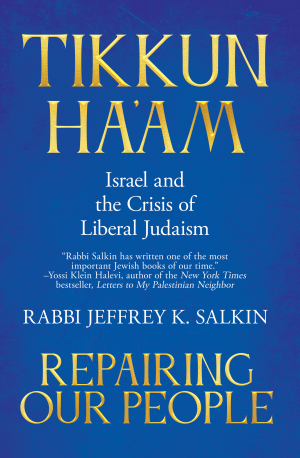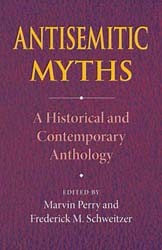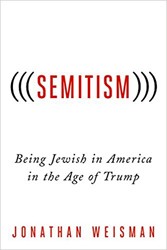Satirized by Pete Seeger, ridiculed by a young Bob Dylan, and dismissed as an organization for misfits and “little old ladies in tennis shoes,” the John Birch Society attracted 100,000 members within a few years of its founding in 1948. As historian Matthew Dallek’s highly readable account of the Society’s rise tells us, the organization’s mix of Cold War paranoia and “don’t tread on me” libertarianism has both shaped and remained key to contemporary political culture.
From the very beginning, the John Birch Society was rooted in conspiracy theory. Its namesake, a Baptist missionary and Office of Strategic Services officer in China, was killed by jittery Communist soldiers a couple of weeks after VJ Day. This otherwise commonplace tragedy caught the attention of Robert Welch, an American candy manufacturer who developed and marketed the ever-popular Junior Mints. Based on the sketchiest evidence, Welch constructed a narrative in which the truth of Birch’s death had been covered up by State Department officials who were sympathetic to Mao’s regime. He went so far as to argue that many of America’s leaders were, in fact, Communist agents; Dwight D. Eisenhower himself was “immersed in the conspiracy.”
In 1958, Welch gathered a group of like-minded people for a two-day meeting in Indianapolis, and there the John Birch Society was born. Contrary to popular belief, the Society’s founders were not of the fringe. They were prominent and upright citizens — “rich, white … colossi bestriding the world’s most dynamic economy.”
But the original Birchers were not just Babbitts. Wealthy and powerful as they were (Fred Koch, father of the deep-pocketed Koch Brothers, was an early Bircher), they saw themselves as insurgents and revolutionaries who had been betrayed by powerful, leftist elites — in politics, in the media, and in academia. Democracy was a sure path to mob rule, and wealthy business executives were the rightful leaders of America. As Dallek writes, “It was time for them to take their country back.”
Throughout the 1950s, Birchers organized and lobbied against anything that they could possibly characterize as “Communist,” from school desegregation to the Civil Rights Act. And while it was at pains to distance itself from racism and antisemitism — Jewish Defence League founder Meir Kahane was a Bircher at one point — when expediency dictated, the Society allied itself with White Citizens Councils and the Ku Klux Klan. And while the venerable ADL, which one Bircher called “a Himmler agency,” was instrumental in exposing the extremism that lay at the Society’s heart, “the ideas, activism and style that Birchers helped pioneer has continued to thrive well into the twenty-first century.”
This has meant that while prominent Republicans, like National Review publisher William Rusher, may have rejected the Birchers’ “kookery,” they have recognized the power of their “energy and money,” and, like Ronald Reagan, have approached them “ … with a calculated mix of acceptance and rejection.” In the 1990s, the emergence of far-right ideologues like Newt Gingrich and Pat Buchanan increasingly brought Bircher ideology — including restoring states’ rights, abolishing affirmative action and abortion, and protecting the Second Amendment — into the mainstream.
On January 6, 2021, Donald Trump told his followers that if “you don’t fight like hell, you’re not going to have a country anymore.” And while the mob that subsequently attacked the US Capitol has been characterized as a rabble, subsequent revelations show that there was a high degree of organization underlying the events. The core of the rioters — the Proud Boys and the Oath Keepers in their paramilitary drag — was heavily supported by middle-class, often middle-aged Americans. Doctors, lawyers, small-business owners, and active and former police officers were a major part of what was, in certain respects, a “bourgeois uprising.” It was a moment that would have made Robert Welch and his self-styled band of American insurgents proud.
Angus Smith is a retired Canadian intelligence official, writer and Jewish educator who lives in rural Nova Scotia.





